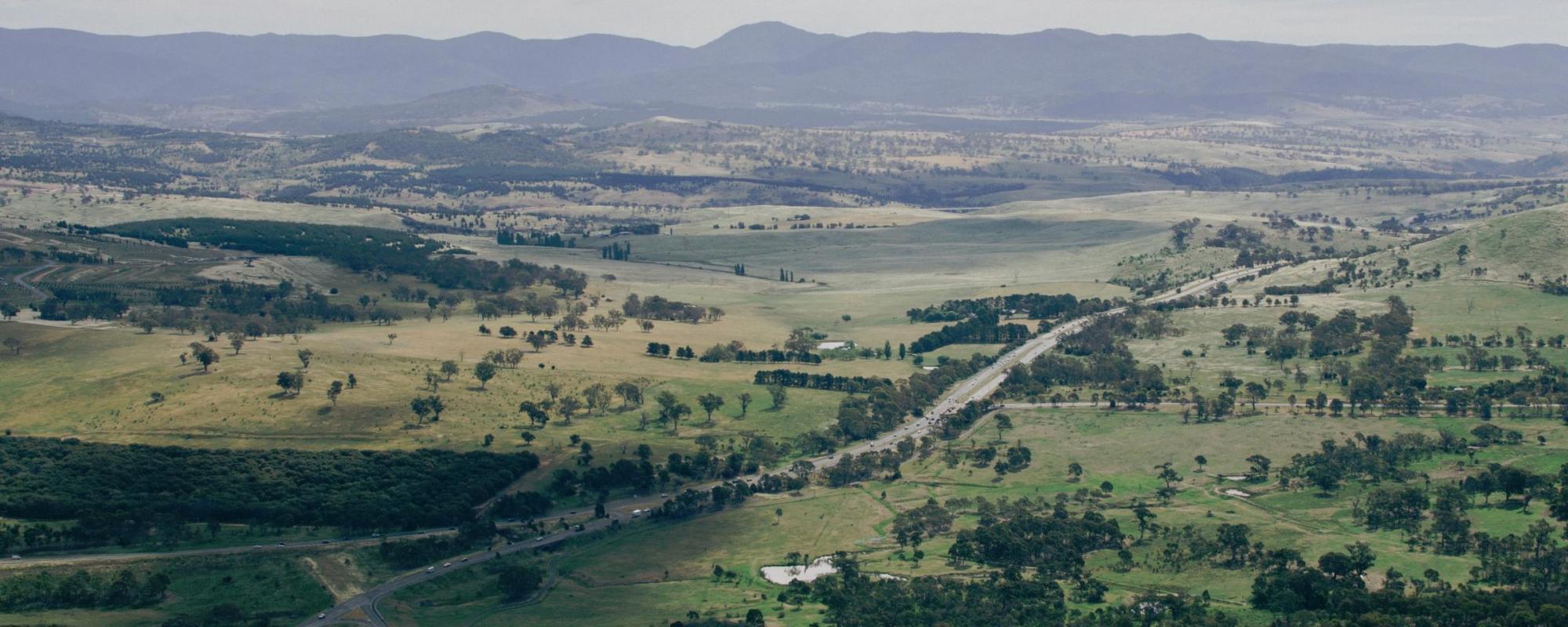Freehold Vs Leasehold
Although the vast majority of land in Australia and New Zealand is held under freehold tenure, leasehold tenure does exist, that is ‘ownership’ held as a lease over a number of years.
The best example is in the Australian Capital Territory, where land is held under leasehold title (generally as a 99 year lease) but is effectively a Torrens freehold title.
In other Australian States, particularly the Northern Territory, pastoral leases and other forms of Crown leases form part of our land tenure system and are quite common.
Co-Ownership Of Property
"Where two or more persons own the same property at the same time they are said to be co-owners … the different forms of ownership are said to be joint tenancy and tenancy in common" (Baalman 1979, p. 133).
A joint tenancy is where land is held by more than one owner and there is a right of survivorship, ie if one owner dies that owner’s interest in the land passes to the survivor(s) as a right in law — the deceased owner’s interest in the property evaporates and cannot be inherited by their heirs. This is the most common form of co–ownership between husband and wife, or parent and child, where parties want ownership to pass immediately and automatically to the survivor. Sale of property held under joint tenancy requires the joint consent of all parties.
Tenancy in common is where ownership of a property is held by owners who each have separate and distinct shares of the same property (generally in equal shares), but there is no right of survivorship, and an individual owner’s interest is capable of passing by inheritance to their heirs. Tenants may, subject to the agreement under which the property is held, sell or otherwise deal their particular share without the consent of the other tenants. This form of ownership is most common where the co–owners are not married or have contributed different amounts to the purchase of the property. The assets of a joint commercial partnership might be held as a tenancy in common.
Ownership Rights And Obligations
"Ownership implies the right to exclusive enjoyment of a thing, and can be either ‘absolute’ (the right of free and exclusive enjoyment, including the right using, altering, disposing of or destroying the thing owned) or ‘restricted’ (ownership limited to some extent, which is the situation with land since it cannot be destroyed).
Ownership is always subject to the rule that a person must use their property as not to injure their neighbour" (Burke 1976, p. 243).
An owner in fee simple is entitled to use it in any manner they please, subject only to:
- their obligations towards neighbours and the public
- any condition which may have been imposed in the Crown grant
- obligations entered into by express agreement with others, and
- restrictions and qualifications imposed by legislation (Baalman 1979, p. 98).
Relevance Of Property Boundaries To Ownership
Marked boundaries are prima facie evidence of the legal extent of ownership of property and may be marked by natural boundaries, survey pegs or enclosed occupation such as fences, hedges or walls.
However, occupation and described measurements of property ownership can often be misleading. What is really required to determine the true nature of the boundary — what the boundary is, and where it is located — requires the services of a registered land surveyor.
The registered land surveyor acts in a quasi–judicial manner when adjoining owners accept the surveyor’s marking of a common boundary as being undertaken in accordance with the rules adopted by the Courts. However, if a boundary dispute cannot be settled by the surveyor, determination of a property boundary is ultimately a matter for judgement by the Courts: the surveyor’s role is that of an expert witness capable of discovering all evidence relevant to the location of the boundary.
Property boundaries are dealt with more fully in the following section.

